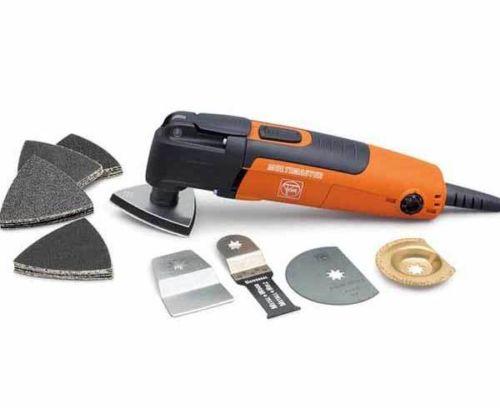Have decided to have a bit of a rethink on this, as we're not keen on getting the joist hangers/noggins all correct down the full strip of flooring at the side to give us enough piece of mind.
So, we've thought of a potential other workaround, and would appreciate guidance on feasibility.
Looking at the picture below, the room with the flooring up is obviously on the left, with an internal partition, then one of our other upstairs rooms on the right.
What we would intend doing is the following:-
+++++++++++++++++++++++++++++++++++++++++++++++++++++++++++++++++++++
1. Take off the skirting on the LEFT AND RIGHT hand sides of the internal partition;
2. Knock out the plasterboard on the RIGHT side of the partition up to a height of approx 40cm from the floor. Note we can't knock the plasterboard out on the LEFT hand room as the missus has wallpaper on the wall and she can't find the same and doesn't want to change it)
3. This would allow us access to the joist that sits directly underneath the partition (along with access for our power tools to get at the existing flooring/screw the new flooring down).
4. Cut the existing floorboard panels that remain in the room on the left (see bottom pic which shows how much of the flooring remains "sticking out"), to the MIDDLE of the joist that sits underneath the partition, using a circular saw (joists 65mm wide). We'd access this from the knocked out plasterboard hole in the right hand room. We'd obviously have to cut around the vertical timber trusses that will be in the partition.
5. Lay the T&G floorboards in the room on the left, starting at the internal partition, sliding the first of each row of floorboards underneath the plasterboard on that side of the partition, so that the end of each panel rests on the joist that sits underneath the partition, and flush with the edge of the existing floorboard panel that floors the room on the right.
6. Stick the skirting back on the left hand room.
7. Resheet the bottom of the plasterboard wall, and stick the skirting back on, in the right hand room.
+++++++++++++++++++++++++++++++++++++++++++++++++++++++++++++++++++++
Will this work or is there anything obvious that we've missed / simply won't work?
Maybe seems like a bit more work (I'm not 100% sure it is but seems that way), but it prevents us playing around with joist hangers / noggins when we're just not confident enough to do so, and patching back the plasterboard is a simply enough task.


So, we've thought of a potential other workaround, and would appreciate guidance on feasibility.
Looking at the picture below, the room with the flooring up is obviously on the left, with an internal partition, then one of our other upstairs rooms on the right.
What we would intend doing is the following:-
+++++++++++++++++++++++++++++++++++++++++++++++++++++++++++++++++++++
1. Take off the skirting on the LEFT AND RIGHT hand sides of the internal partition;
2. Knock out the plasterboard on the RIGHT side of the partition up to a height of approx 40cm from the floor. Note we can't knock the plasterboard out on the LEFT hand room as the missus has wallpaper on the wall and she can't find the same and doesn't want to change it)
3. This would allow us access to the joist that sits directly underneath the partition (along with access for our power tools to get at the existing flooring/screw the new flooring down).
4. Cut the existing floorboard panels that remain in the room on the left (see bottom pic which shows how much of the flooring remains "sticking out"), to the MIDDLE of the joist that sits underneath the partition, using a circular saw (joists 65mm wide). We'd access this from the knocked out plasterboard hole in the right hand room. We'd obviously have to cut around the vertical timber trusses that will be in the partition.
5. Lay the T&G floorboards in the room on the left, starting at the internal partition, sliding the first of each row of floorboards underneath the plasterboard on that side of the partition, so that the end of each panel rests on the joist that sits underneath the partition, and flush with the edge of the existing floorboard panel that floors the room on the right.
6. Stick the skirting back on the left hand room.
7. Resheet the bottom of the plasterboard wall, and stick the skirting back on, in the right hand room.
+++++++++++++++++++++++++++++++++++++++++++++++++++++++++++++++++++++
Will this work or is there anything obvious that we've missed / simply won't work?
Maybe seems like a bit more work (I'm not 100% sure it is but seems that way), but it prevents us playing around with joist hangers / noggins when we're just not confident enough to do so, and patching back the plasterboard is a simply enough task.






